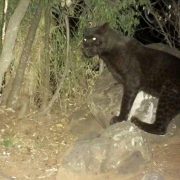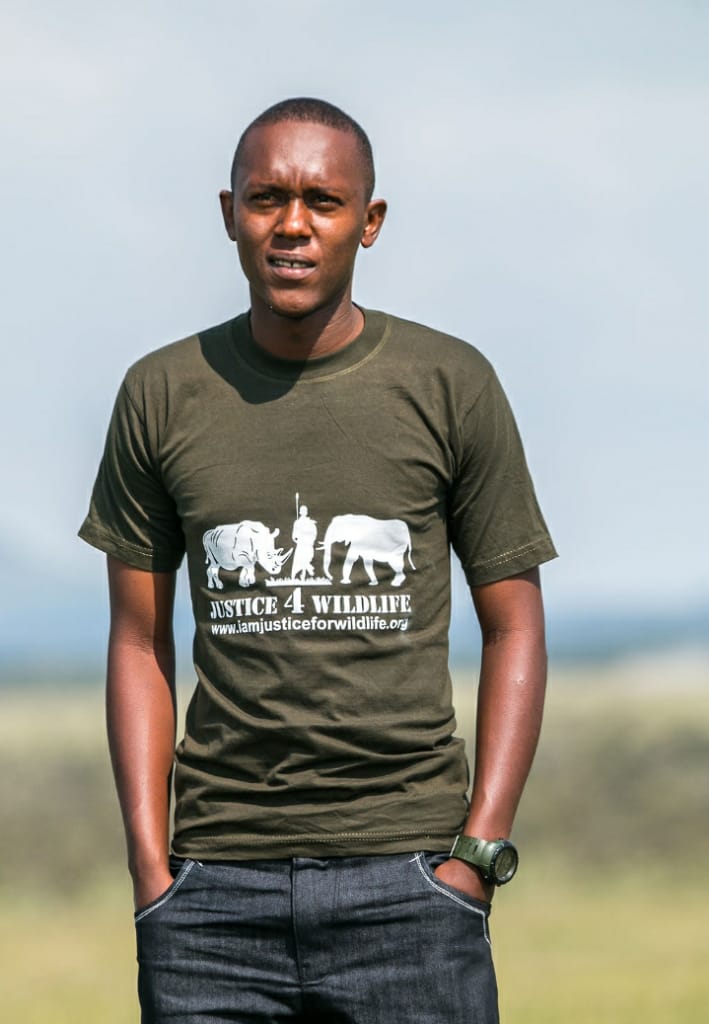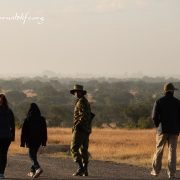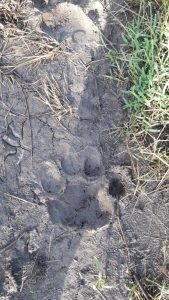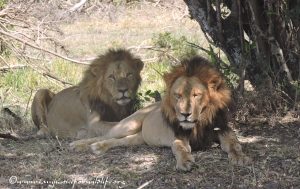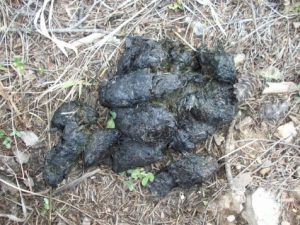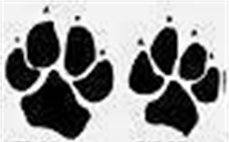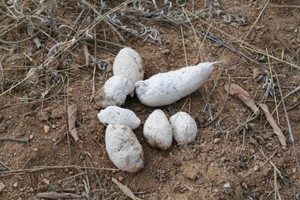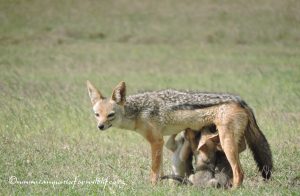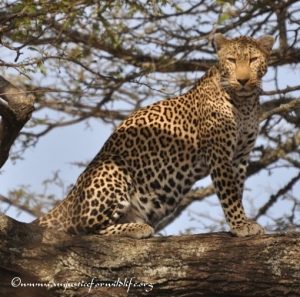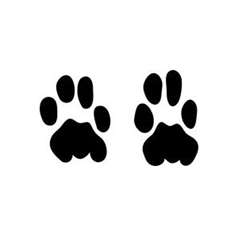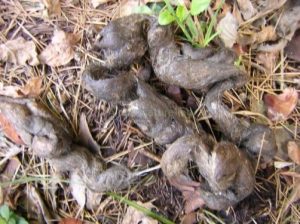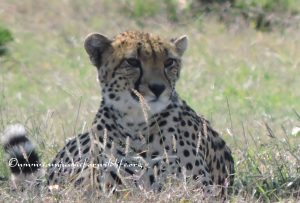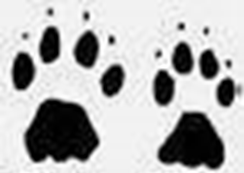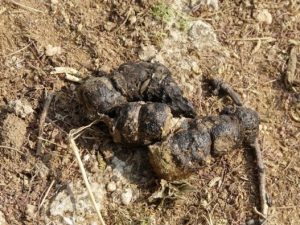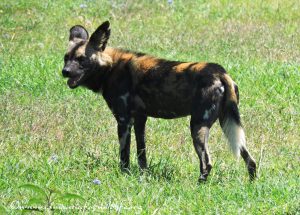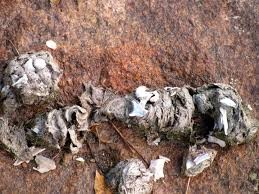HOW A 24-YEAR OLD SAMBURU WARRIOR CAPTURED IMAGES OF KENYA’S BLACK LEOPARD
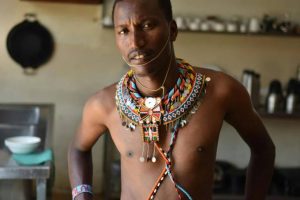
Letoluai Ambrose, Research Assistant, Sandiego Zoo Global
The story of a black leopard being allegedly seen in Kenya for the first time in 100 years broke out this week – but a young Samburu warrior is really the silent figure behind the discovery.
“The remote camera that I helped set up started capturing images of the black leopard from January 2018. I have many images and videos of the animal,” Letoluai Ambrose, a Research Assistant with Sandiego Zoo Global told me. He seemed perturbed by the interest that the leopard has received from all over the world since last week.
Letoluai, 24, grew up in Koija near Loisaba Conservation. He studied wildlife science at Kenya Wildlife Service Training Institute and returned home to support conservation efforts.
He was hired by Sandiego Zoo Global as a research assistant in a project that studied the behaviour of leopards in the Laikipia plateau. Part of this research is finding ways of mitigating the problems that leopard cause within the pastoralist communities.
During his interaction with the community, he heard about the presence of black leopards.

Letoluai Setting up remote cameras
“At first I did not believe what they were telling me since historically we have been hearing such stories from old people,” he said.
At a later date, an elder asked him “Why don’t you capture the big black one in Lorrok area with your cameras?” He also confirmed with the owner of Lorrok ranch about the sighting.
He wrote an email to his boss and fellow scientist, Nicholas Pinfold, about the presence of the black leopard and they agreed to place trap cameras with the hope of capturing images.
The activities of the black leopard started appearing in the cameras and a paper about its presence was published here.
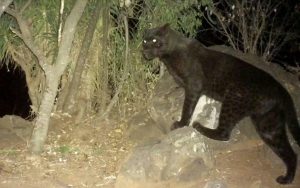
Melanistic Leopard that was captured since Jan 2018 and circulated on social media as the #blackpanther
A pseudo-melanistic leopard has a normal background colour, but the spots are more densely packed than normal and merge to obscure the golden-brown background colour. Any spots on the flanks and limbs that have not merged into the mass of swirls and stripes are unusually small and discrete, rather than forming rosettes. The face and underparts are paler and dappled like those of ordinary spotted leopards.
But the leopard became famous when Letoluai was requested by the owner of Lorrok Ranch to take a British photographer Will Burrad-Lucas to see the leopard. He showed the photographer where to place his remote cameras.
“Will Burrad captured quality images but the media should not state that he found the leopard. He was only here for three days,” Letoluai mused.
Letoluai states that no individual can take credit for research findings because so many people are involved in the activity.
”Were it not for that elder, the local rangers, the landowner and the involvement of scientists from Sandiego Zoo Global, we would not have made this discovery. Everyone had a role and no one person can claim credit,” said Letoluai.
Some sections of the media have claimed that this was the first time that a black leopard has been seen in Kenya in 100 years but to the contrary, the cats have been sighted many times in different parts of Kenya.
Credits: Published by Naloolo Explorers
Author: John Kisimir – jkisai@gmail.com
“For most of history, man has had to fight nature to survive. In this century he has to realize that in order to survive he has to protect it.” Jacques-Yves Cousteau Here we celebrate the unsung wildlife heroes in the grassroots doing remarkable work to conserve our wildlife heritage, Get to learn about wildlife from a ranger/ ecologist in Kenya a freelance eco-traveler, experience the diverse cultures and African heritage from the natives and take an adventure to new destinations to learn about rare attractions that are hardly talked about and to top it all up some of the best wildlife photographs that will make you reconnect to your wild side appreciate everything around us and fall in love with the natural world, because “It is not enough to love the natural world; the point is to defend and preserve it.” Edward Abbey
Our wildlife, our responsibility. When it comes to standing up for our wildlife it’s better to be outspoken than unspoken.

